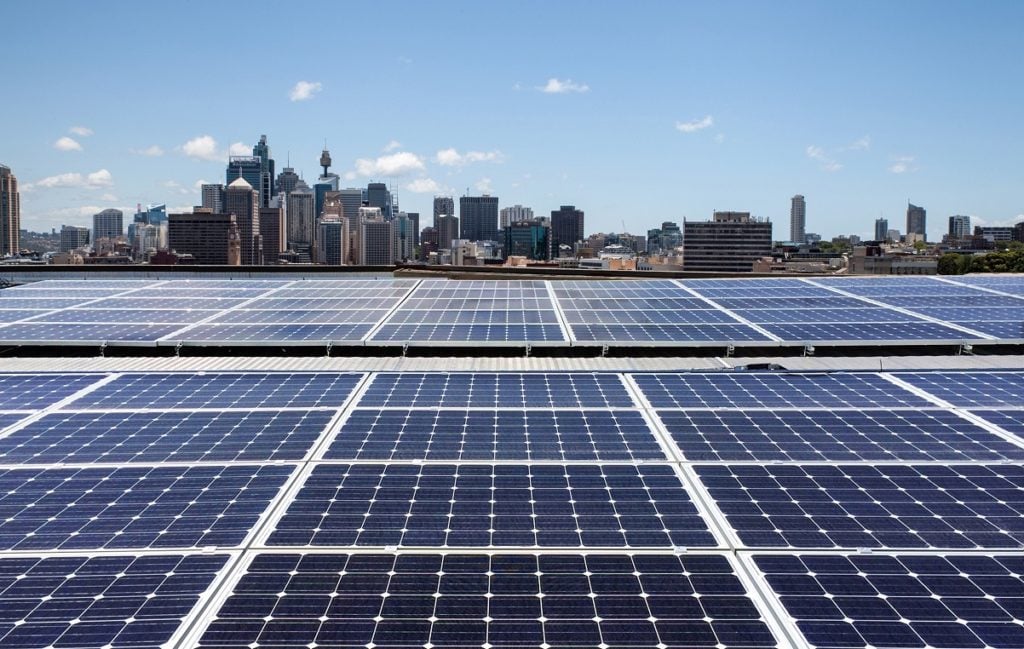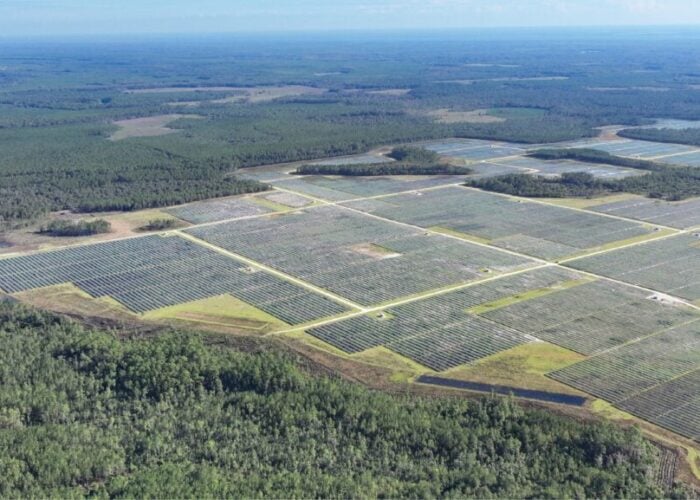
Australia’s Clean Energy Council has slammed the Australian government’s latest federal budget as “disappointing” for not placing more onus on expanding the country’s renewable energy capacity.
Treasurer Josh Frydenberg placed big spending commitments on social policies such as driving down unemployment, aged care, childcare, supporting mental health and disability services, women’s economic security and domestic violence support on Tuesday night (11 May).
Try Premium for just $1
- Full premium access for the first month at only $1
- Converts to an annual rate after 30 days unless cancelled
- Cancel anytime during the trial period
Premium Benefits
- Expert industry analysis and interviews
- Digital access to PV Tech Power journal
- Exclusive event discounts
Or get the full Premium subscription right away
Or continue reading this article for free
While more than UA$10 billion is to be spent on major infrastructure projects focusing on road, rail and freight upgrades, the government has been criticised for not doing more to stimulate renewables investment.
Kane Thornton, chief executive of the trade body the Clean Energy Council, said in a statement that the budget presented a “missed opportunity” to invest in improving Australia’s electricity grid to facilitate the expansion of renewable energy generation. He said that a clean recovery from the economic downturn caused by COVID-19 could bring in more than AU$50 billion of outside investment, resulting in more than 30GW of new energy capacity and around 50,000 new jobs as projects are developed.
“The lack of transmission investment is now one of the most critical challenges facing Australia’s energy industry,” Thornton said. “It’s disappointing that in a ‘nation-building’ infrastructure budget, upgrades that will enable the access and security of clean, low-cost power have not been prioritised.”
The announcement comes weeks after the federal government signed a AU$1.08 billion (US$840 million) energy and emissions reduction agreement with South Australia’s regional government, which includes AU$400 million in federal funding for “priority areas” such as hydrogen, carbon capture and storage, electric vehicles and “other emissions reduction projects” in South Australia, as well as up to AU$110 million in finance for solar thermal and storage projects.






